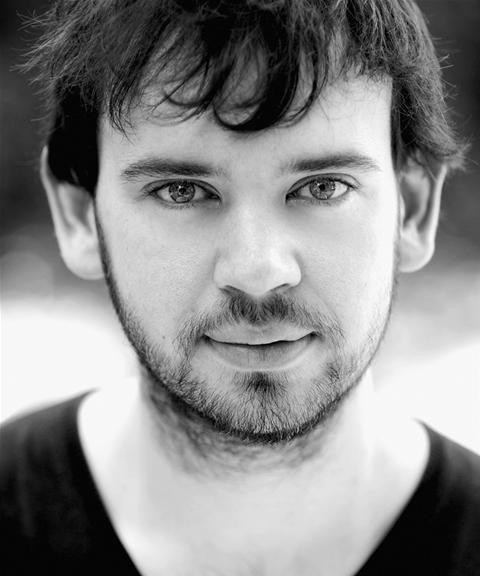Spouse(s) Mary Elizabeth Seaward Name John Seaward | Role Actor | |
 | ||
Movies and TV shows The Inbetweeners, The Inbetweeners Movie, Future Inc Similar People Robin Weaver, Henry Lloyd‑Hughes, Damon Beesley, Iain Morris, Ben Palmer | ||
John Seaward (January 1786 - March 26, 1858) was a British civil engineer and mechanical engineer. His brother was Samuel Seaward, FRS (see below).
Contents
Early life
Seaward was born the son of a builder in Lambeth, London, in January 1786, and initially worked with his father as a surveyor and architect.
Career
He was later employed by Grillier & Company, the contractors for the erection of Regent's Bridge across the River Thames, to supervise the work. During this period he became acquainted with Jeremy Bentham and James Walker and his uncle, Ralph Walker.
Following this he managed some lead mines in Wales, acquired a knowledge of chemistry, and became friendly with Arthur Woolf, Richard Trevithick, and other mechanical engineers of the period. Upon his return to London he oversaw the construction of Gordon's, Dowson's, and other docks on the River Thames, and became an agent for the Gospel Oak Ironworks in Staffordshire.
Seaward was at the same time connected with the Imperial Continental Gas Association and introduced gas lighting to several towns in France, Belgium, and the Netherlands.
In 1823 Seaward drew plans for a new London Bridge of three arches, each of 230 feet (70 m) span. In 1824 he established the Canal Ironworks at Millwall, London, for the construction of machinery, especially marine engines; in 1825 they constructed the engine for the vessel the Royal George, which was intended for the Dover - Calais service. He joined the Institution of Civil Engineers as a member in 1826, and was a frequent attendant at the meetings.
His younger brother, Samuel Seaward (1800–1842), joined him in about 1826; the brothers produced machinery for every part of the world, and made the name of Seaward widely known. In 1829 they assisted in the formation of the Diamond Steam Packet Company, and built the engines for the boats which ran between Gravesend and London. Of these, the Ruby and the Sapphire were types for speed and for accommodation.
In 1836 the brothers brought out the direct-acting steam engines for HMS Gorgon and HMS Cyclops, which were known as Seaward's engines. They superseded the heavy side-beam engines of the period which had been in general use. The saving obtained in the consumption of fuel by the double-slide valve, both for the steam and exhaust, plus other improvements, caused the government to entrust the Seawards with the building of twenty-four steamboats and some smaller vessels.
At the same time they adapted their engines to the vessels of the East India Company, the Steam Navigation Companies, and the ships of foreign governments. They were also early advocates of the use of auxiliary steam power for the voyage to India, and experimented with it on the East Indiaman Vernon in 1839 and 1840 with great success
They also designed large swing bridges, dredging machines, cranes, and other dock apparatus, plus machinery for lead, saw, and sugar mills. Among the improvements and inventions for which John Seaward was personally responsible were tubular boilers, which were used by the Royal Navy, disconnecting cranks for paddle-wheel engines, the telescopic funnel, self-acting nozzles for feed and for regulating the saturation of the water in marine boilers, double passages in cylinders both for steam and education, cheese-couplings used to connect and disconnect screw propellerss to and from engines, and other minor improvements.
The death of Samuel Seaward, on May 11, 1842 threw upon John Seaward the entire management of the Canal Ironworks. In the construction of the 800 hp (600 kW) engines of the RMS Amazon, he is considered to have produced one of his most perfect works. The vessel unfortunately was destroyed by fire on her first passage to the West Indies on January 4, 1852.
John Seaward died at 20 Brecknock Crescent, London, on 26 March 1858.
